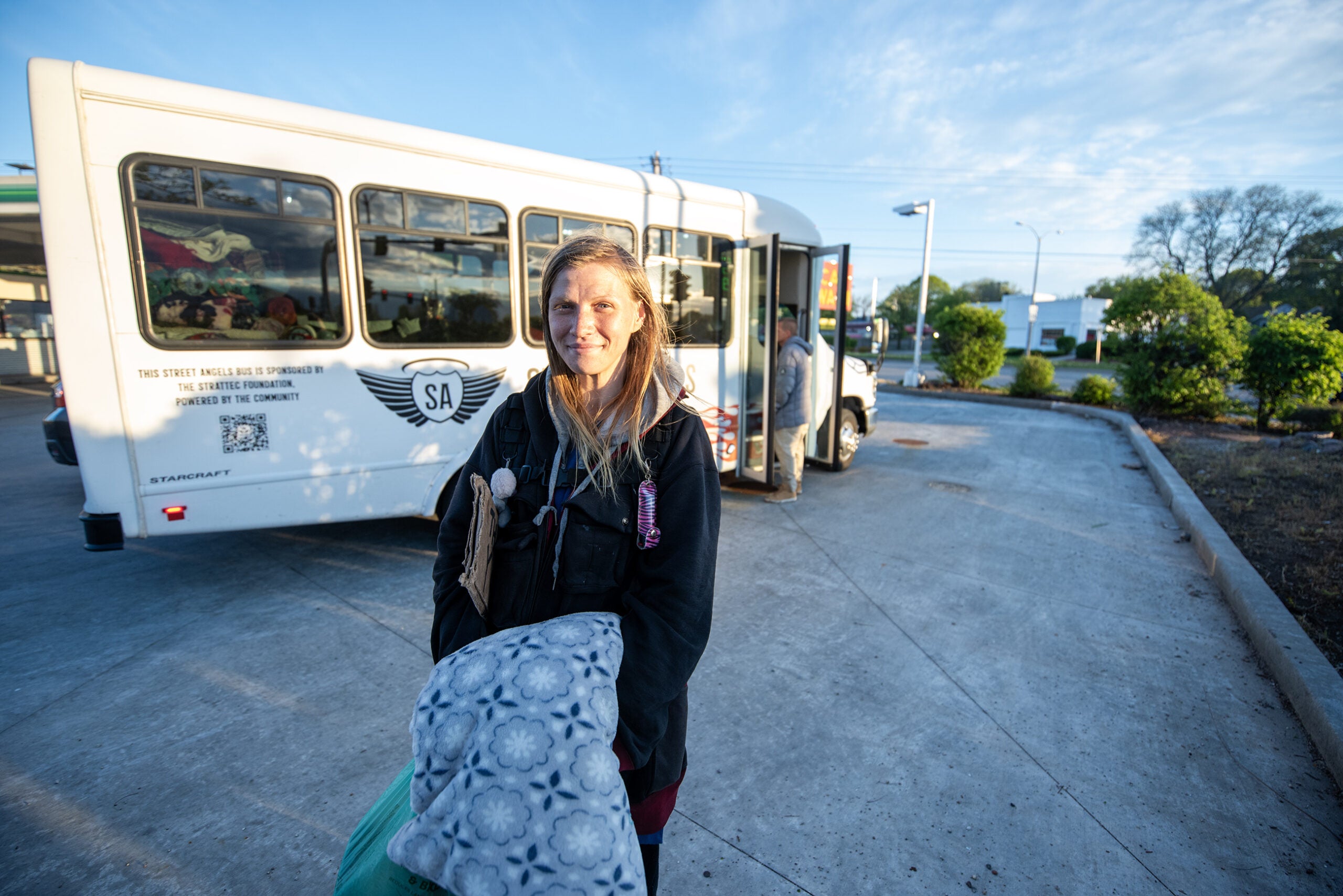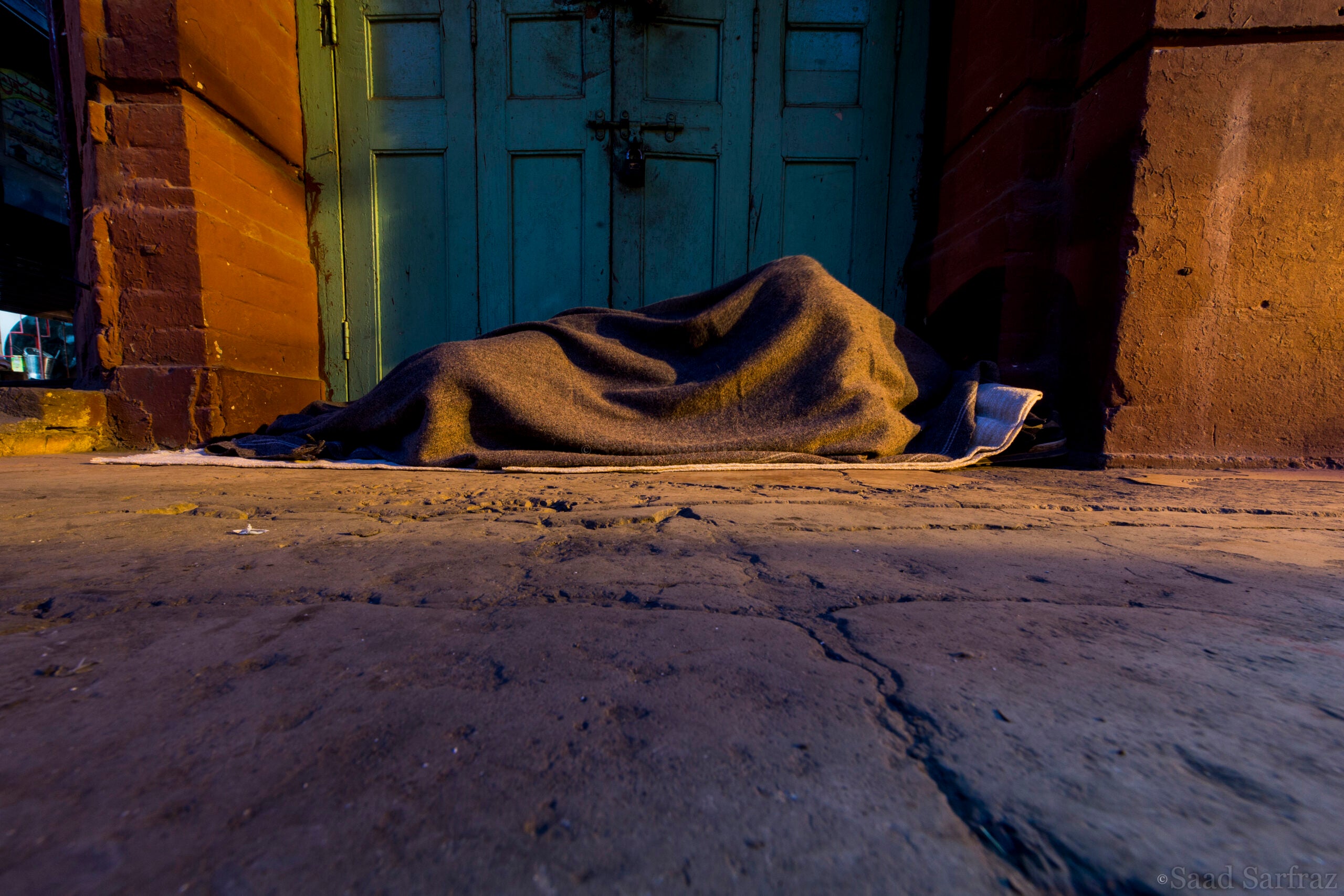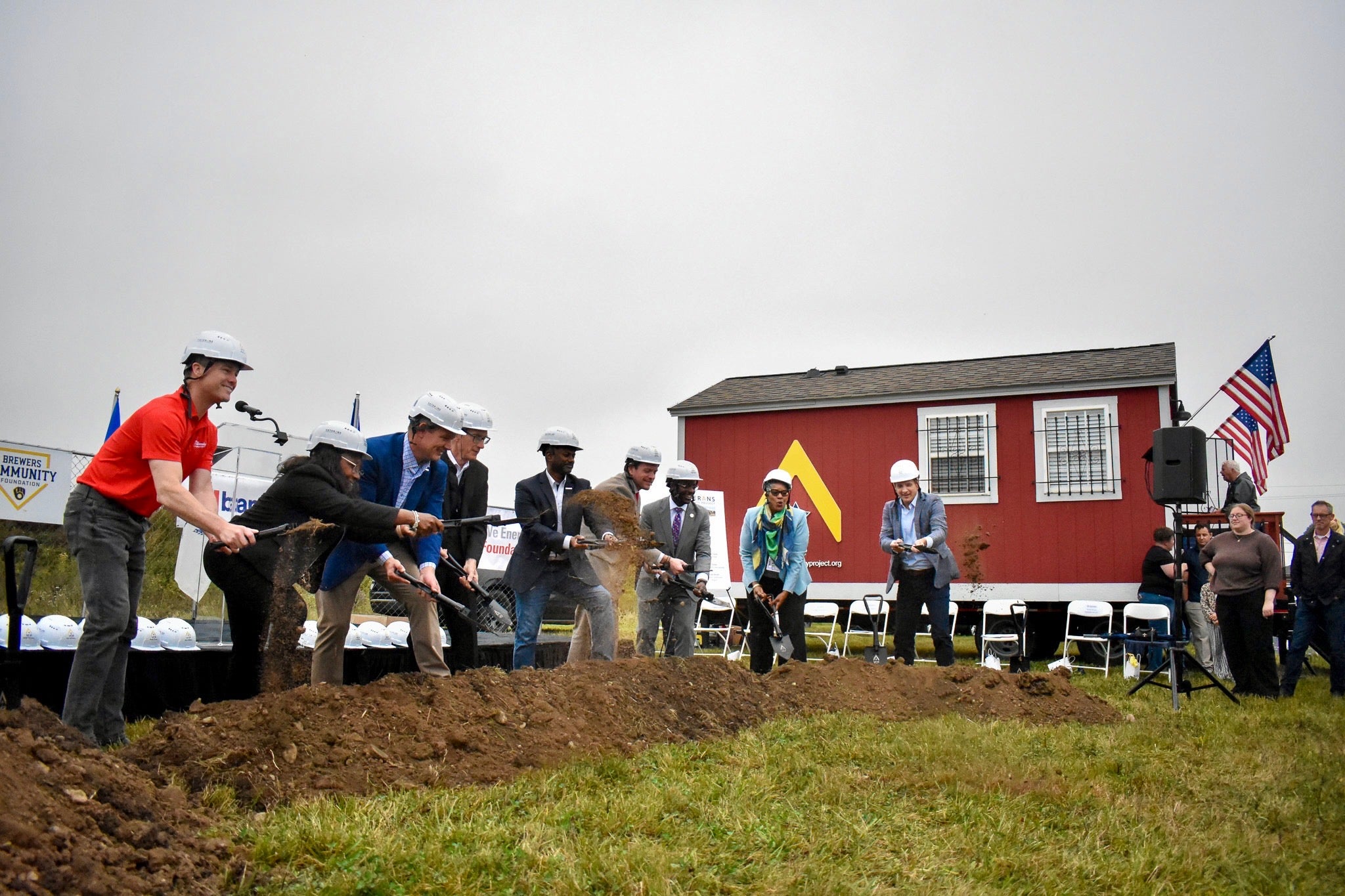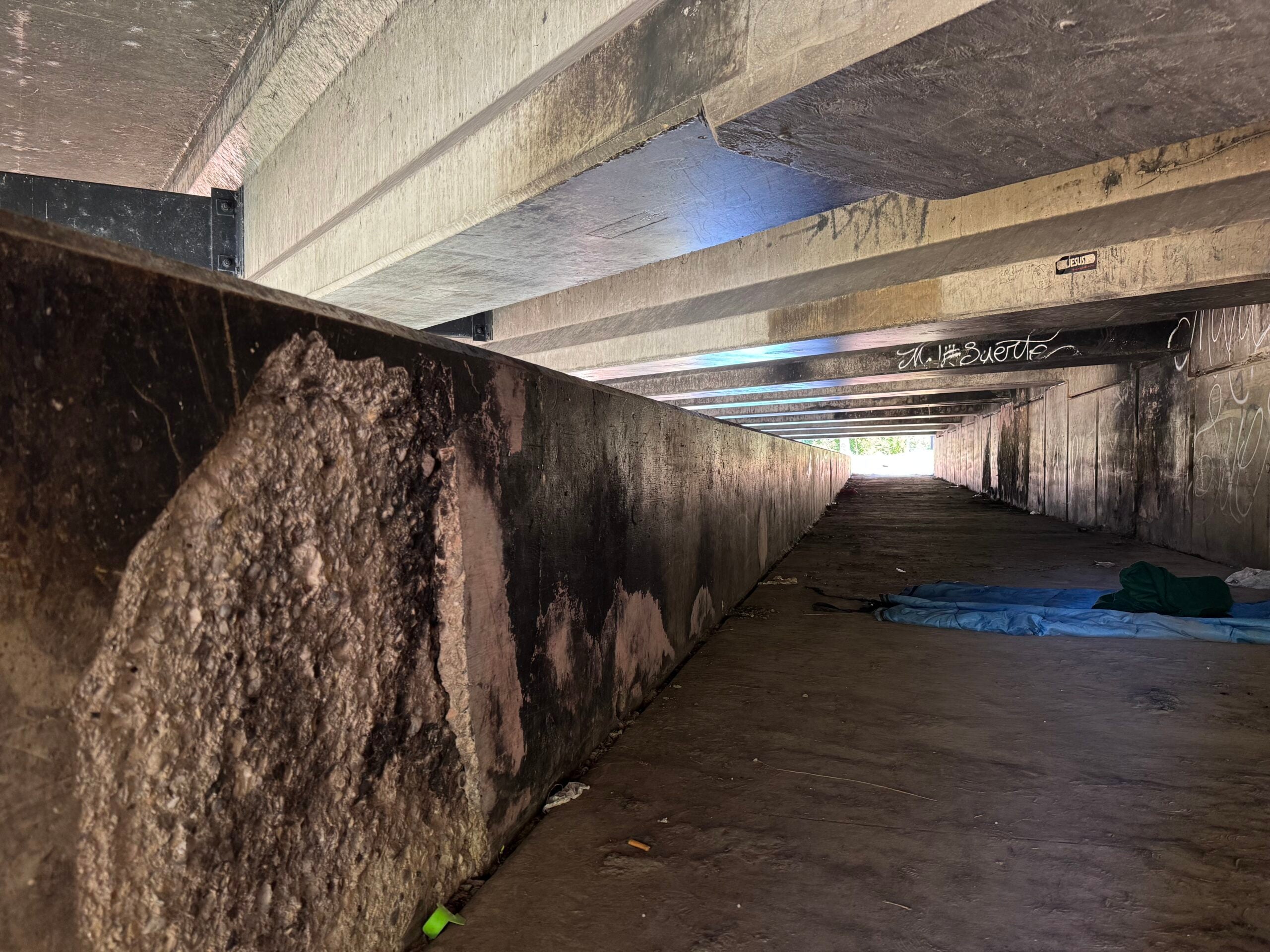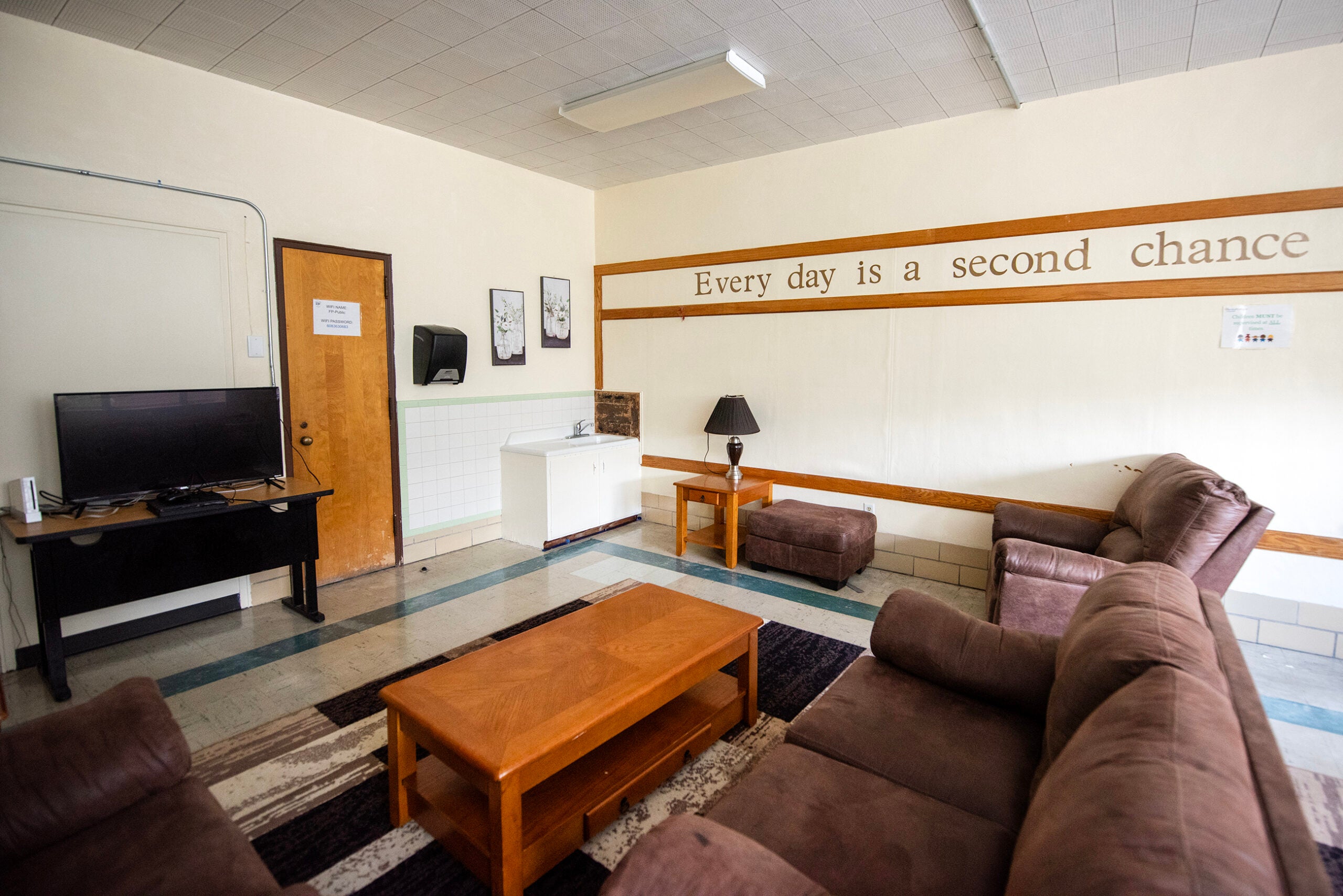Most days, Illianna Hagen stands at a busy intersection on Capitol Drive in Milwaukee, asking for money from people driving by. At night, she’ll hold the door open for customers at a nearby gas station.
The 28-year-old has been experiencing homelessness on and off for the past four years after a breakup with her boyfriend, with whom she was living at the time.
“I didn’t want to run home to Mom and Dad,” Hagen said. “I wanted to feel independent. So here I am, sleeping on pavement with a cardboard box as a wall.”
News with a little more humanity
WPR’s “Wisconsin Today” newsletter keeps you connected to the state you love without feeling overwhelmed. No paywall. No agenda. No corporate filter.
But on this chilly spring night, she has a wide grin on her face. She’s been approved for a housing program in Milwaukee County and is hopeful she’ll have the chance to move into her first apartment in years.
Her first reaction to learning she’d been accepted?
“I started jumping up and down,” Hagen said.
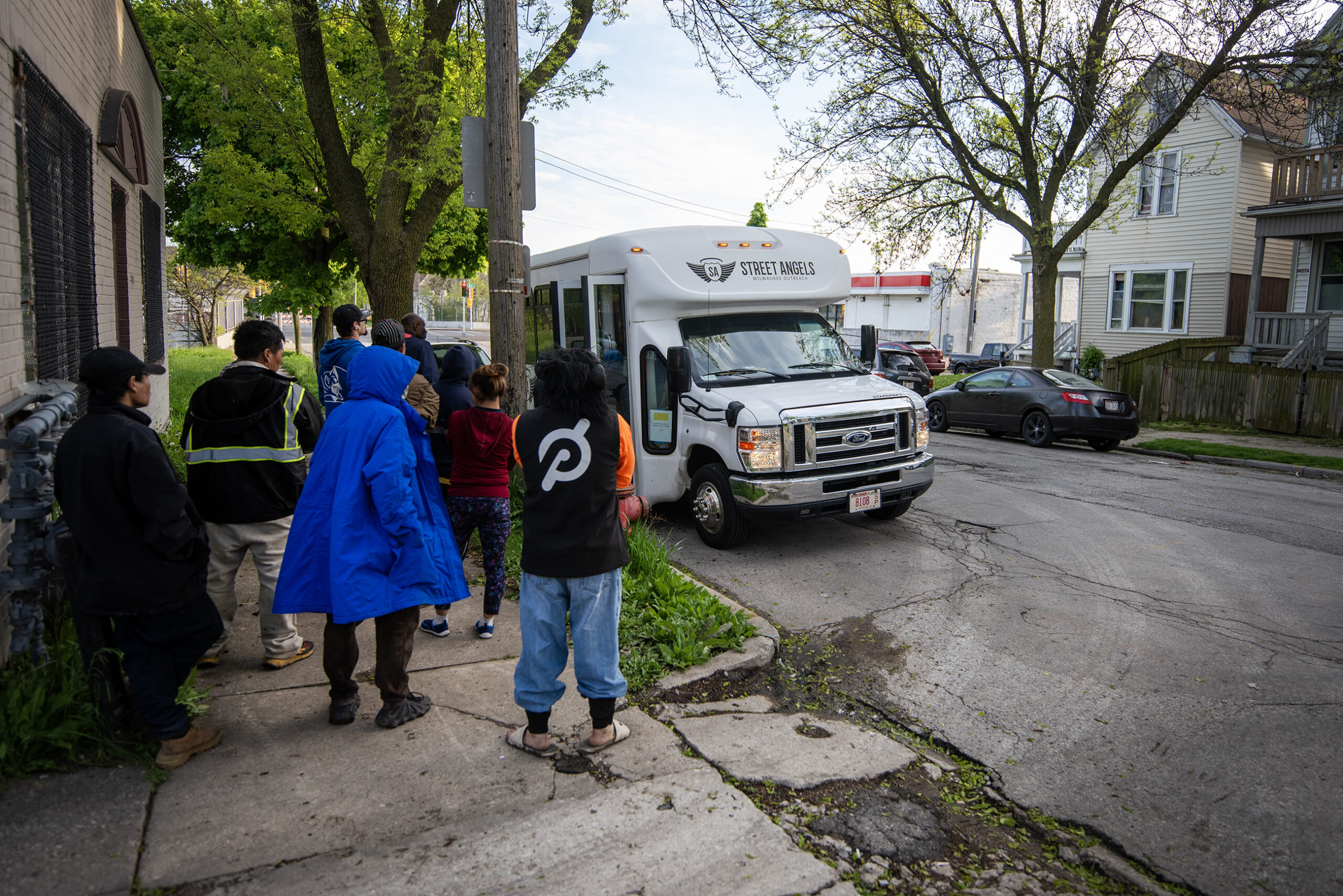
Hagen is just one of hundreds of homeless people living in Milwaukee County. Many are hidden in plain sight — underneath an interstate overpass, in a tent next to a river below a busy parking lot, on a hill next to train tracks, in a car or trailer at a park and ride.
In 2021, Milwaukee County was recognized as having the lowest per-capita count of unsheltered homeless people across the nation, according to a point-in-time count from the U.S. Department of Housing and Urban Development, or HUD. But in the years since, it has started to see its homeless population rise.
That includes Street Angels, a nonprofit that provides meals and clothes to homeless people across Milwaukee County. Three times a week, volunteers on two buses load up on supplies and stop at several sites across the county to hand out coats, hoodies, tents, bottled water, underwear, shoes and more.
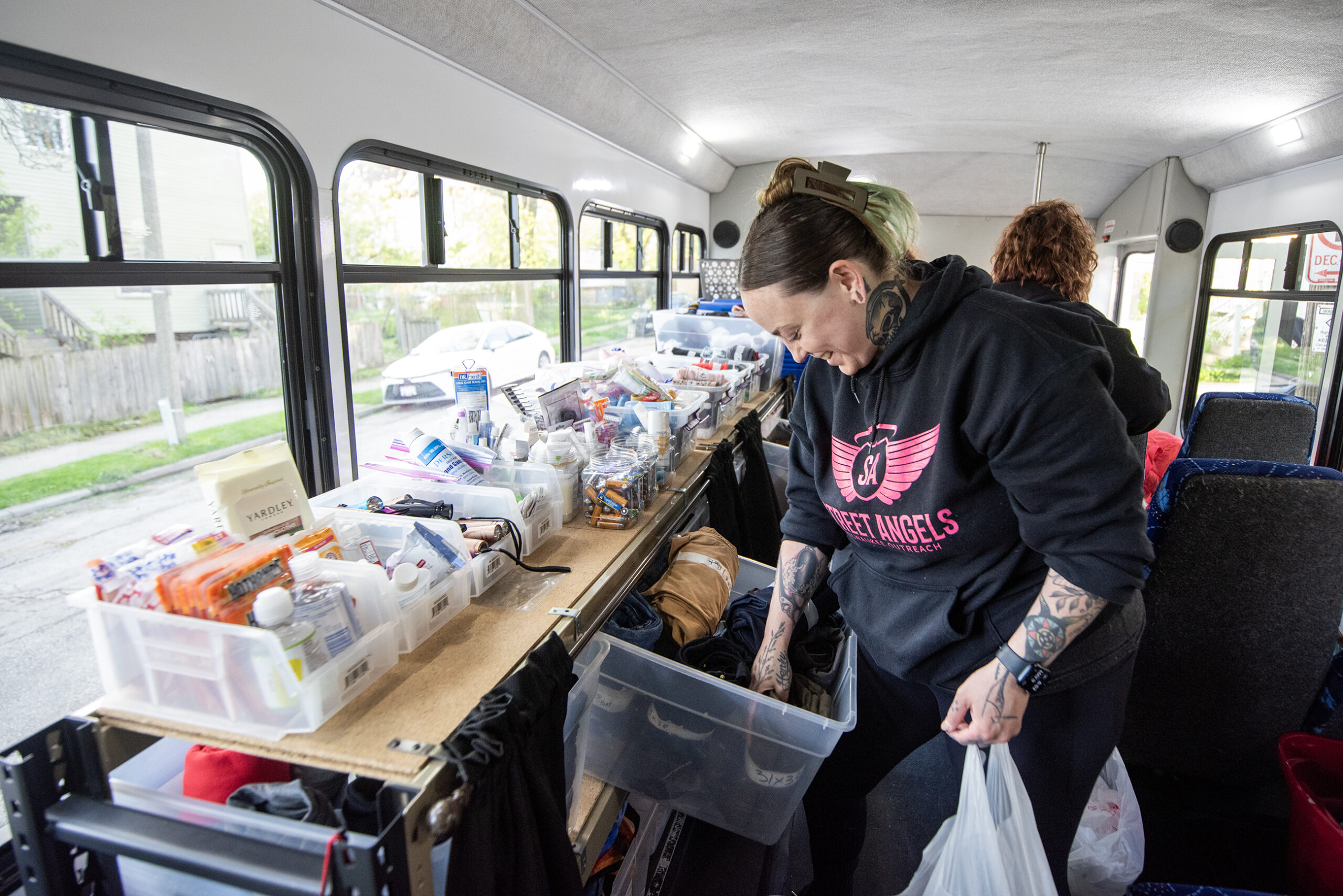
In early May, the Street Angels arrived on an unassuming street on Milwaukee’s north side. When the bus came to a stop, around 15 people were already there waiting in a line that reached to the alley.
Shelly Sarasin, co-founder and director of Street Angels, knows many of them by name. She said this time last year, the organization was seeing around 60 homeless people a night.
That number has risen to around 200.
“We’ve not ever seen it like this, this early,” Sarasin said.
Sarasin is worried it could get worse this year.
“Where we expected to drop down to seeing maybe 20 or 30 people each night, we were still over 100 throughout January, February, March,” she said. “And then when warming rooms closed in April, that really caused an uptick in unsheltered homelessness and people having nowhere to go.”
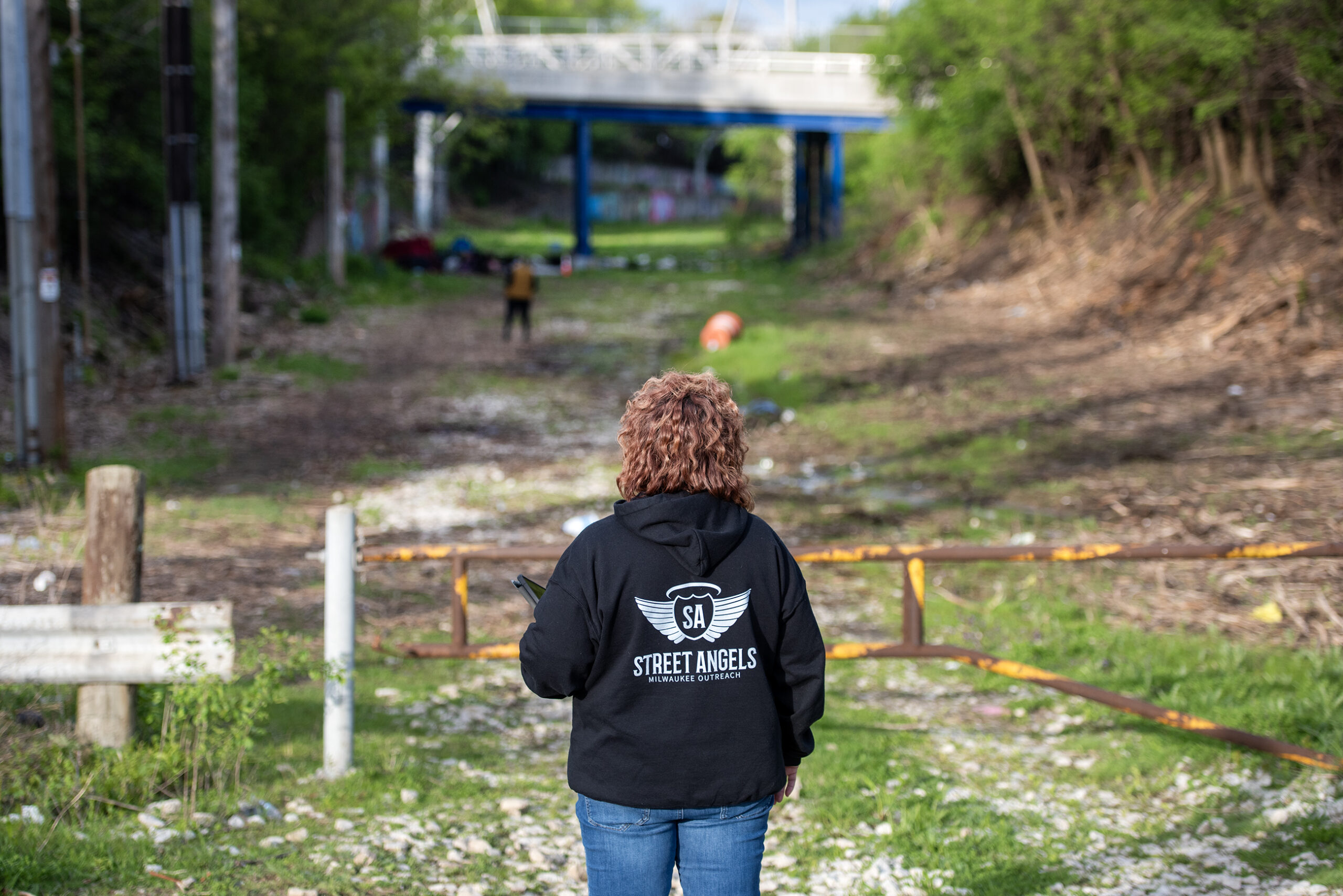
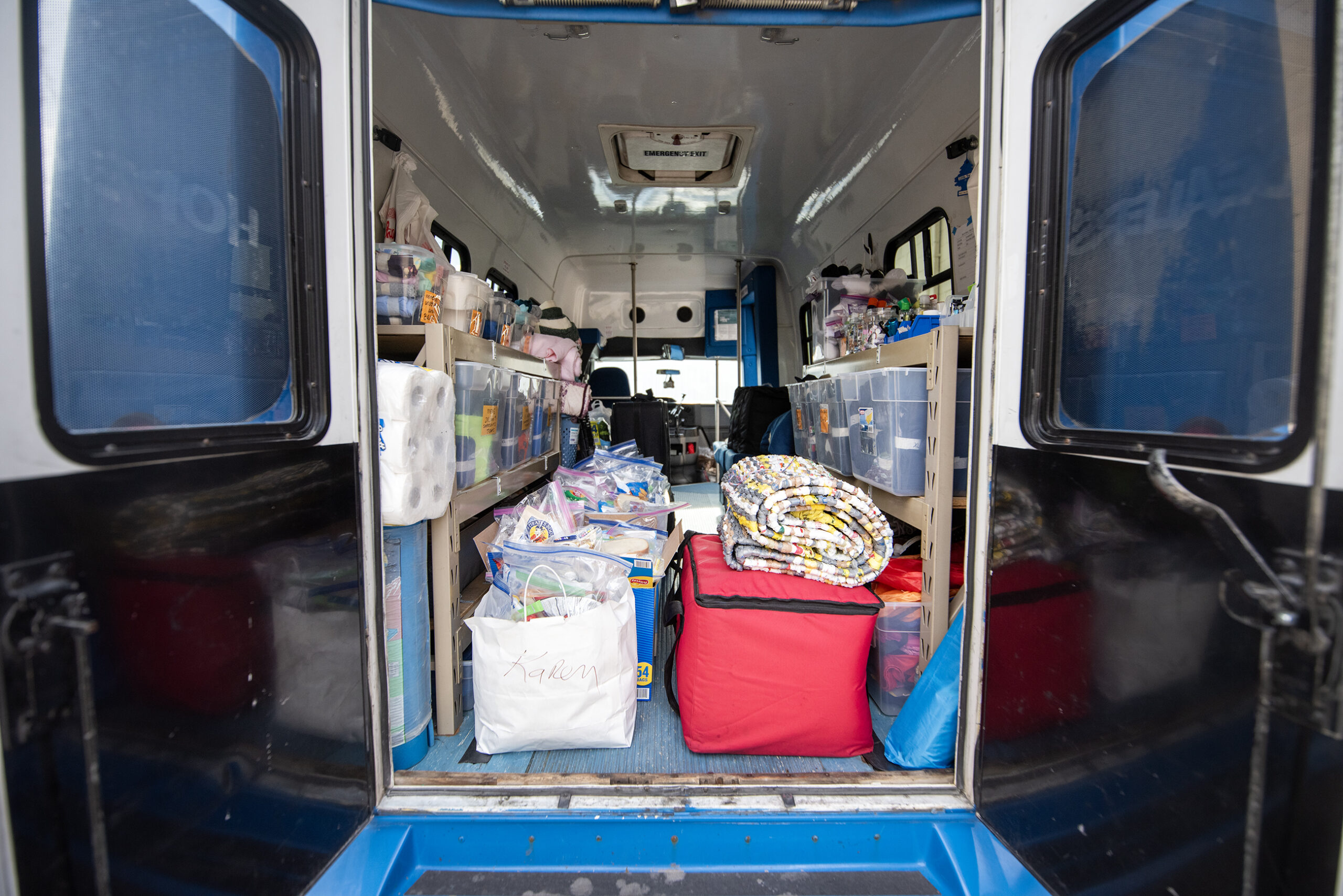
Rising rents contribute to problem
A March Wisconsin Policy Forum report found in 2023, there were 4,861 homeless people living across the state, a 1.8 percent increase from the previous year. In Milwaukee County, the number of homeless people has risen from 817 in 2021 to 832 in 2022, and to 1,056 in 2023, according to federal data.
The increase comes in the wake of the COVID-19 pandemic.
“The rise in homelessness likely was driven — at least initially — by the layoffs and economic hardships that accompanied the pandemic and, more recently, by rising housing costs that arrived in the wake of COVID-19,” the report said.
The report found the trend reverses “years of decreases in the reported homeless population,” across the state, as it fell from 6,055 individuals registered in 2014 to 4,237 in 2021, according to HUD data.
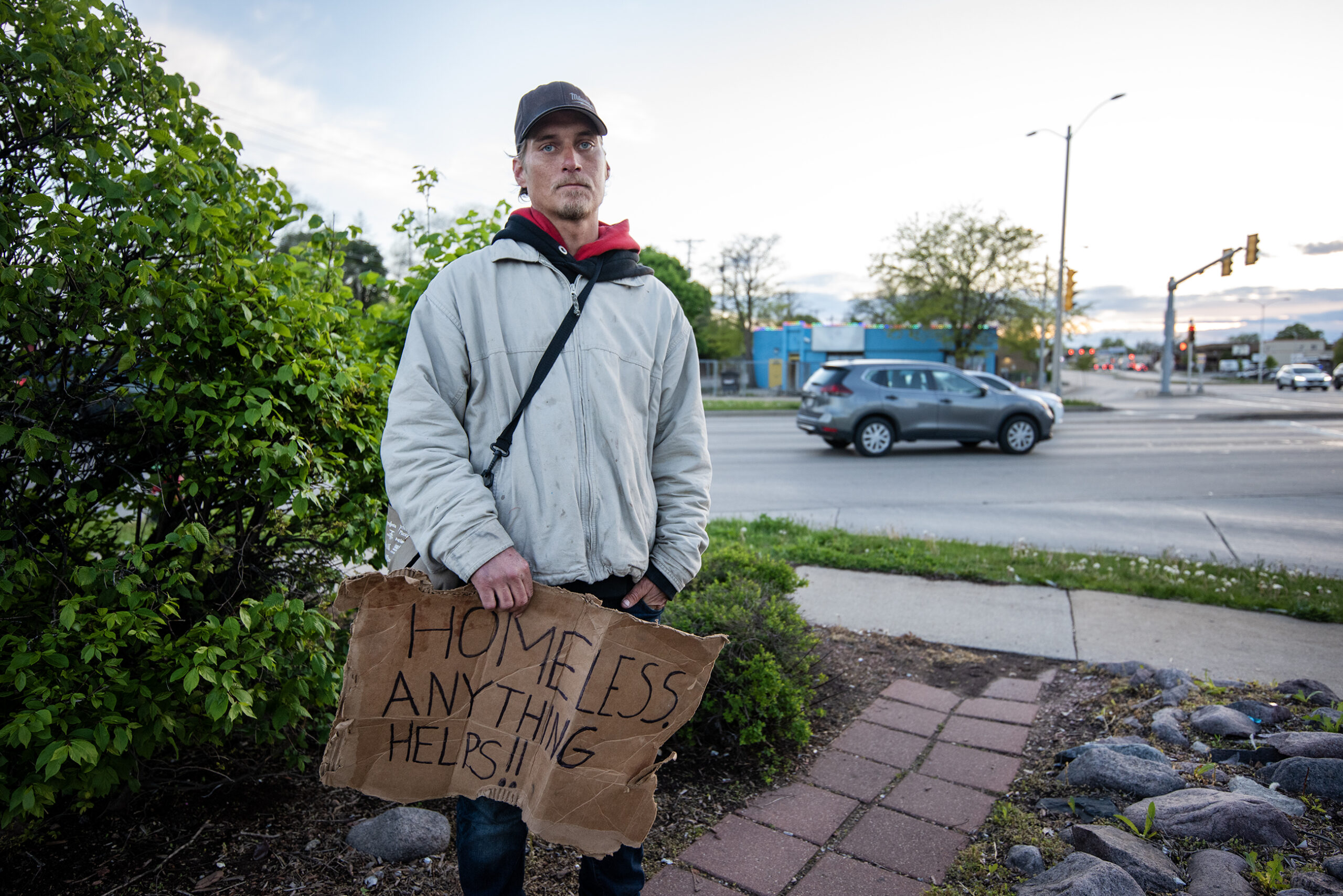
Eric Collins-Dyke, the assistant administrator of supportive housing and homeless services for the Milwaukee County Housing Division, said rising rents in Milwaukee are exasperating the issue. In April, Realtor.com report found the “median asking rent” in Milwaukee is at $1,671, a 3.8 percent increase since last year and a $396 — or 31.1 percent increase — from its pre-pandemic level in 2019. That was among the steepest increases in the nation.
Collins-Dyke also pointed to a lack of affordable housing in the area and a low vacancy rate.
“I think all those market forces play a really large role in some of the domino effect of individuals and families coming into our system,” he said.
Collins-Dyke said homeless outreach workers with the county are also seeing more people who have jobs but are putting anywhere from 60 to 75 percent of their incomes toward rent.
“And so the fallout from that is we have a very thin safety net between that and people coming into the street shelter system,” he said.
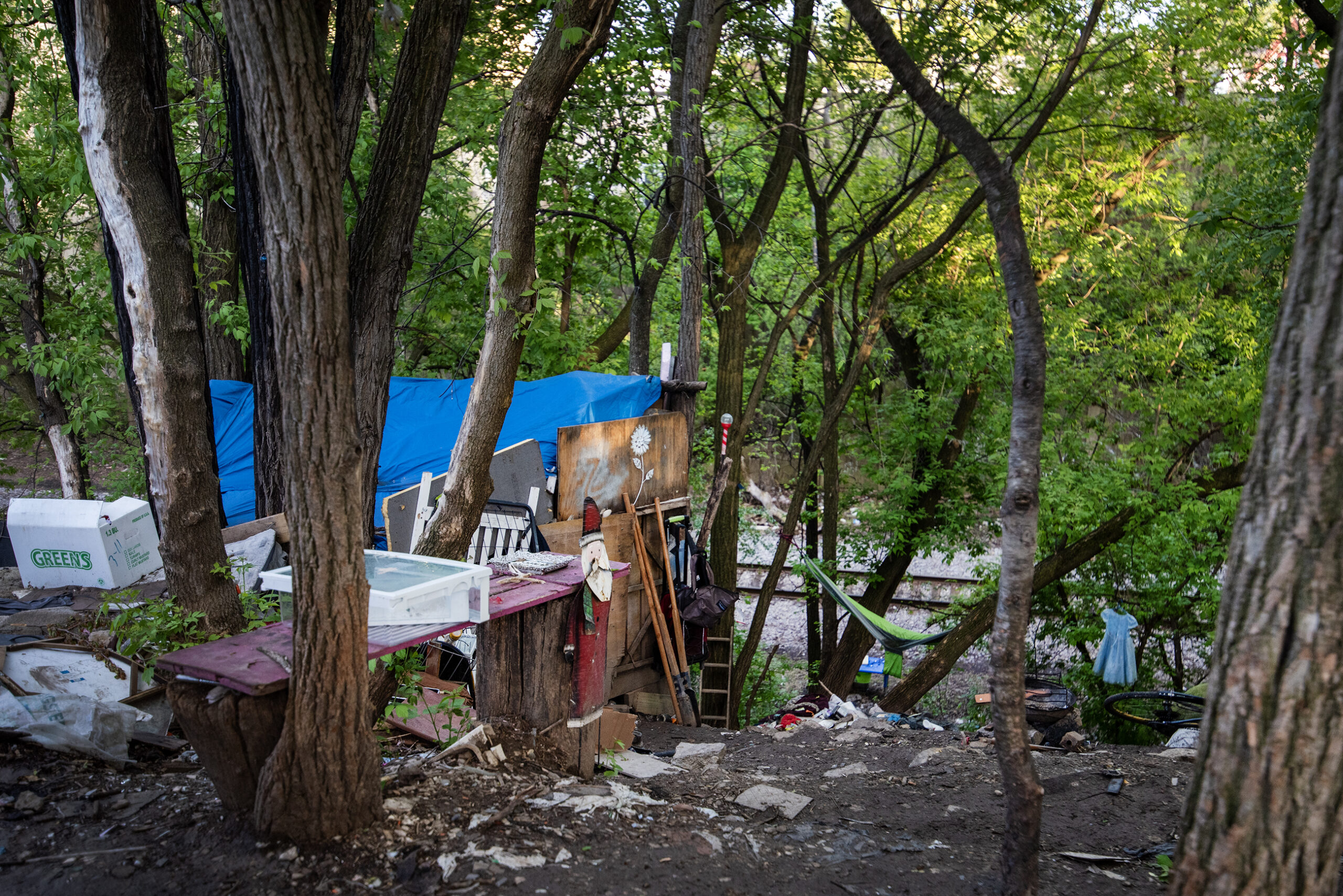
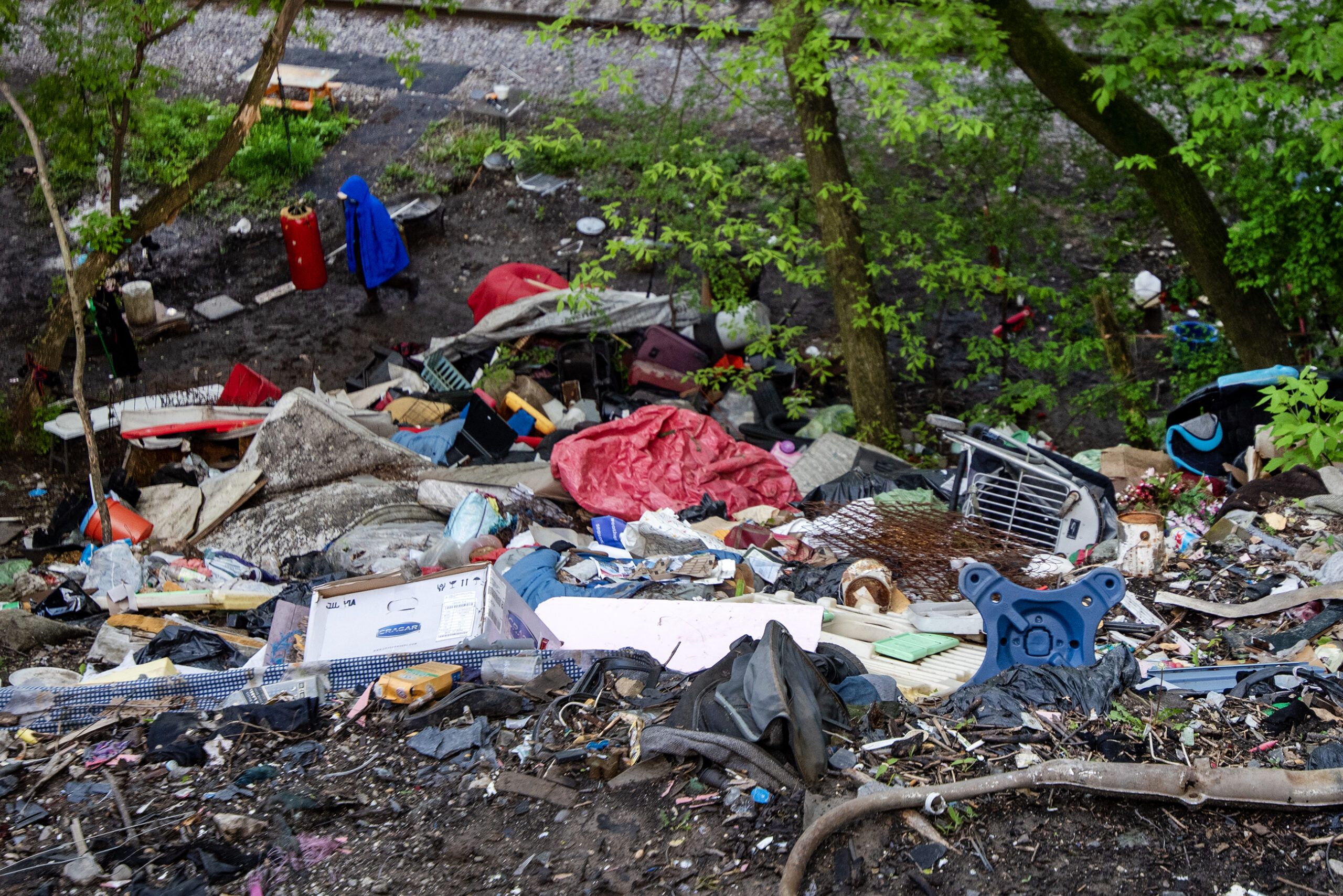
The Wisconsin Policy Forum report found that Wisconsin got $90 million in federal aid from the 2020 COVID-19 relief bill. The city and county used that money to pay for emergency shelter and hotel voucher programs to get people into housing. A June 2023 statement from Milwaukee County revealed it had given over $80 million in emergency rent assistance to households since 2020 to help “keep residents in their homes during the height of the pandemic.”
“I think the dream would be to have that level of funding at all times, not just during the pandemic, because we saw how effective it was,” Collins-Dyke said.
HUD’s annual homelessness assessment report revealed there were 582,462 homeless people across the nation in January 2022. The National Alliance to End Homelessness found that of those people, 28 percent were part of families with children, while 22 percent were “chronically homeless” individuals, or people with “disabilities who have experienced long-term or repeated incidents of homelessness,” according to a 2023 report.
In Milwaukee County, the 2023 HUD point-in-time count found there were 160 children under the age of 18 living with at least one adult in an emergency shelter.
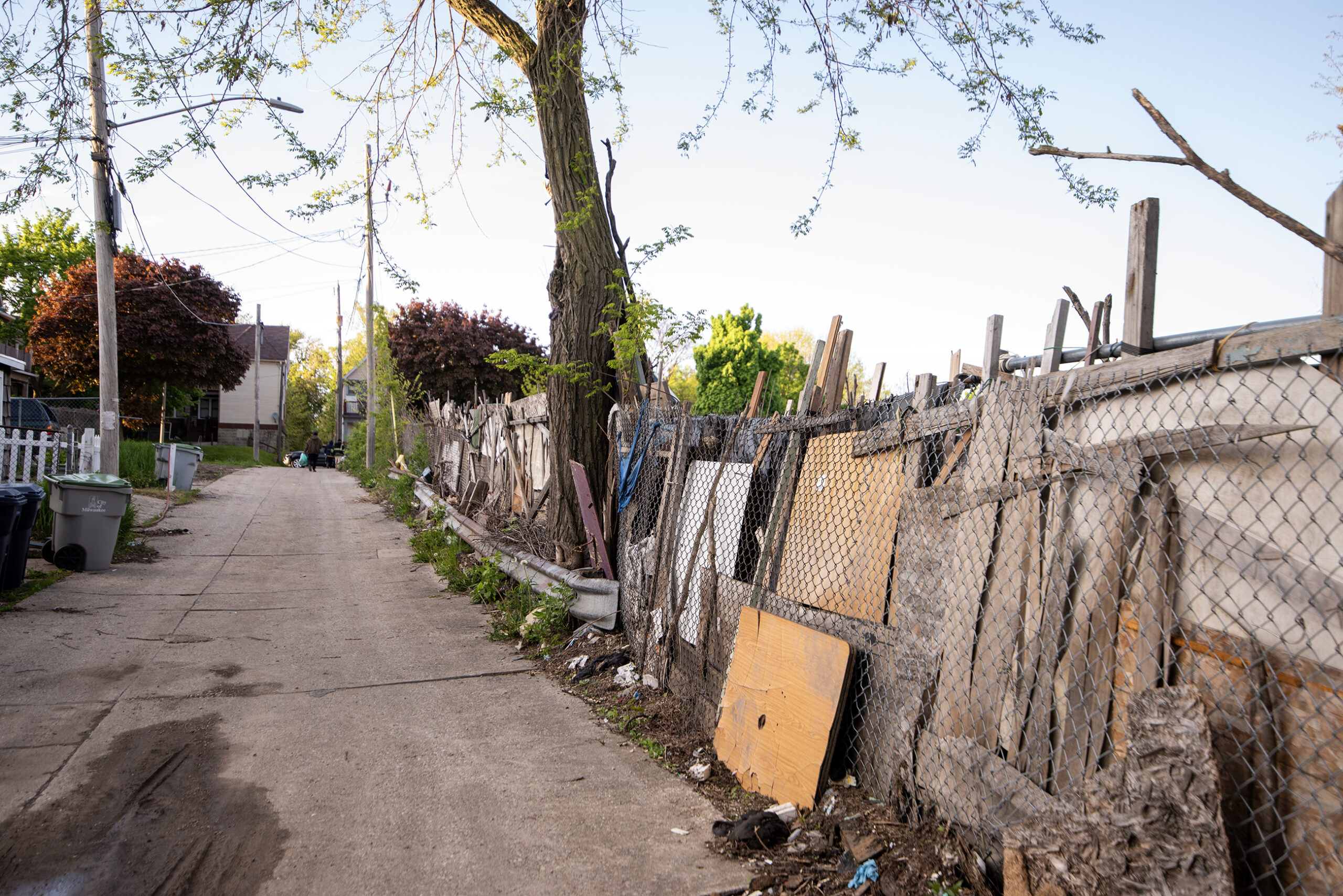
Experts say expanding housing options is key
Steve Berg, the chief policy officer for the National Alliance to End Homelessness, said the solution to solve the issue is simple: housing.
“The solution to homelessness is very clear … Get people into housing, help them pay for the housing, give them supportive services they need in order to deal with whatever other kinds of problems they’re having that would threaten their stability in the housing,” Berg said.
According to a December 2022 Milwaukee County memo, there are around 70,000 families in Milwaukee County that earn $15 per hour or less. But only about 30,000 rental homes are available for $650 a month or less — a shortage of 40,000 units.
“A lot of communities have found that just having money for people to pay rent really isn’t enough, because there are just not enough modest apartments in the community to house everyone who needs it,” Berg said. “That calls for communities being a little more ambitious about getting more modest housing developed in their communities.”
Milwaukee County now has a housing navigation team where workers take referrals from their street outreach team to start the process of searching for apartments and housing for homeless people.
“And they take care of all aspects of procuring an apartment, apartment applications, building relationships with landlords, going to showings all of that, and helping with moving,” Collins-Dyke said.
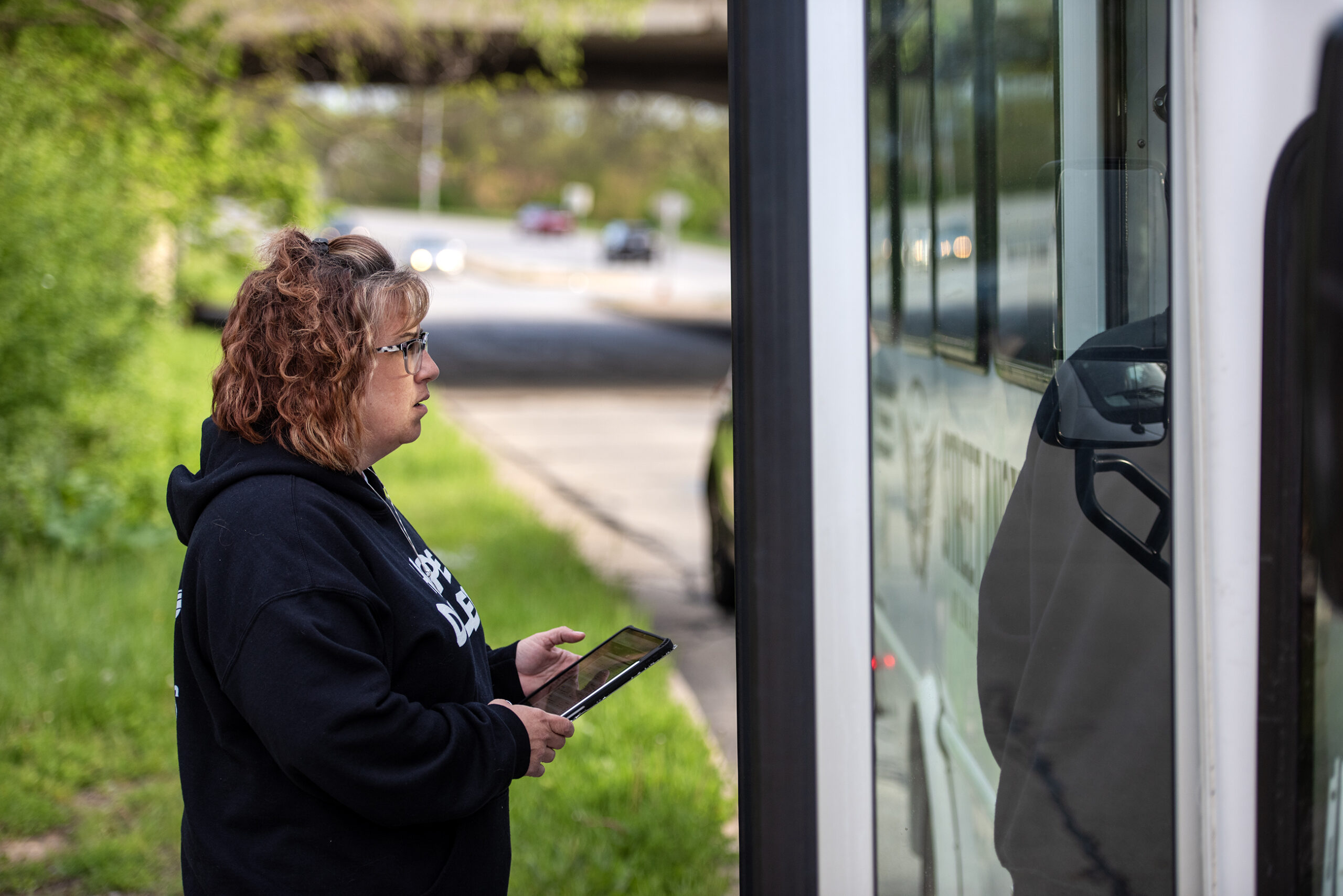
Outreach workers try to build trust, but obstacles remain
Street Angels also works hand in hand with the county in order to get people into shelter or housing. Sarasin carries around an iPad with information from everyone her team meets and helps on the street.
Every two weeks, she sends that list to Milwaukee County and to Impact 211, a help line. Sarasin said the main goal is to connect with people to share information about resources and options for housing.
“That pair of shoes on that shelf could get me someone’s first name — either the first time or the 20th time that we see them,” Sarasin said. “It’s building that trust and making those connections.”
That’s how Hagen got connected with an opportunity for housing. She said she told Street Angels she was interested and she was approved after waiting for several months.
“I want to start getting my life together,” she said. “This chapter needs to end.”
But it’s not always that easy. Reached last week, Eva Welch, co-director of Street Angels, said it’s unclear whether Hagen was able to move into the apartment or not. They said they haven’t heard from her recently, and haven’t seen her in her usual spot.
Editor’s note: This story has been updated to correct the name of Capitol Drive in Milwaukee.
Wisconsin Public Radio, © Copyright 2025, Board of Regents of the University of Wisconsin System and Wisconsin Educational Communications Board.

